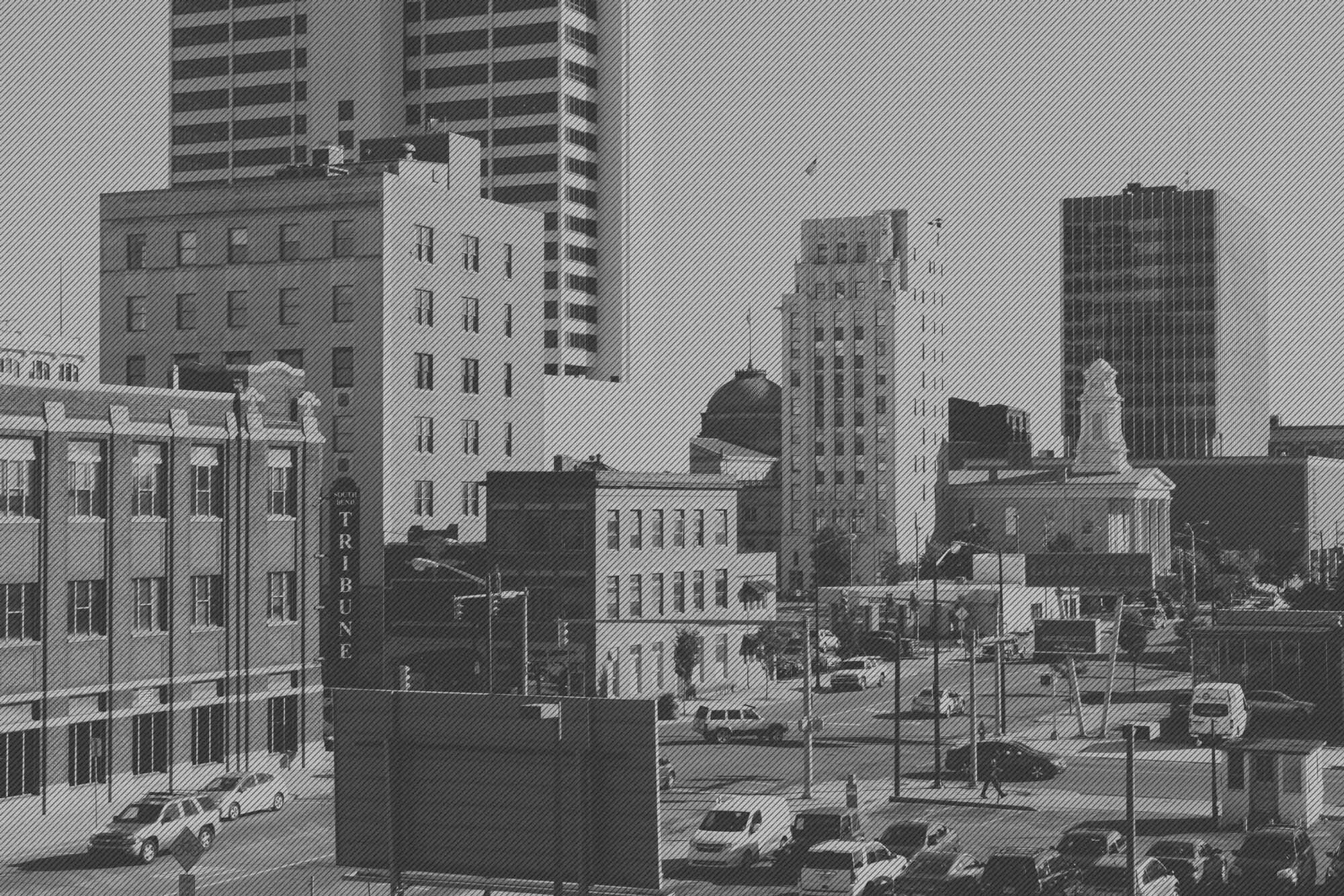
"Instead of setting the orifice once in the 1950s and assuming that’s right from there on out, we are applying modern synchronization and control technology via Metronet [ChoiceLight] to hydraulics and sewers," he says.
South Bend Public Works
Thanks to ChoiceLight, the South Bend Public Works Department is now in the 21st Century, bringing remote signals to a central monitoring and control computer to manage more than 50 sewage lift stations. "In the old days, you’d have two guys driving around in a pickup truck to see if you had a little red light on and that meant you had a problem," says Gary Gilot, the city’s public works director. "Or you got a phone call from the neighbors when ’it’ backed up in their basement."
Now, using ChoiceLight, the city has "24/7" monitoring on its lift stations "so we can see if the lead lift pump has a problem, automatically switch it off, turn the lag pump on and dispatch a maintenance crew to find out what’s wrong with the main pump and stay in business. "It helps us with reliability and controlling remote water and waste water facilities," he says. Gilot says the city began using ChoiceLight's dark fiber to synchronize its many traffic signals. "Originally, a lot of the conduit and fiber system that became Metronet [ChoiceLight] was basically connecting the dots between all of our signalized intersections," he says.
"It started out with a lot of dead−end lines, but we transformed it into a looped system that can do so much more," he says. "Now, if we have a cut on one of the fiber lines, it will be self−healing and the data can just flow the other direction around the loop. "It’s a much more forgiving system and it’s a big benefit for us to have redundancy," he says. He says the city also uses ChoiceLight "to get our information technology services to the many government buildings spread around the 40 square miles that makes up South Bend."
In addition, South Bend is pushing the IT envelope with ChoiceLight by putting in the field a system that coordinates an embedded sensor system in manholes − dubbed SCO Net − that will better manage storm water runoff to eliminate overflows into streams and diluted sewage backing up in basements. "We are the only city in the world to do this," he says. "Having a Metronet [ChoiceLight] backbone allows you to implement some of these creative new ideas." Gilot says South Bend has a combined sewer system, which means storm and sewer water go through the same pipe.
"In dry weather, it all makes it very nicely to the waste water plant. And during most storms, the system is not full," he says. "We have more than 500 miles of very large pipe. If you have real time monitoring and control that’s connected by radios and the fiber, we can rebalance and prevent overflows during the big storms.
